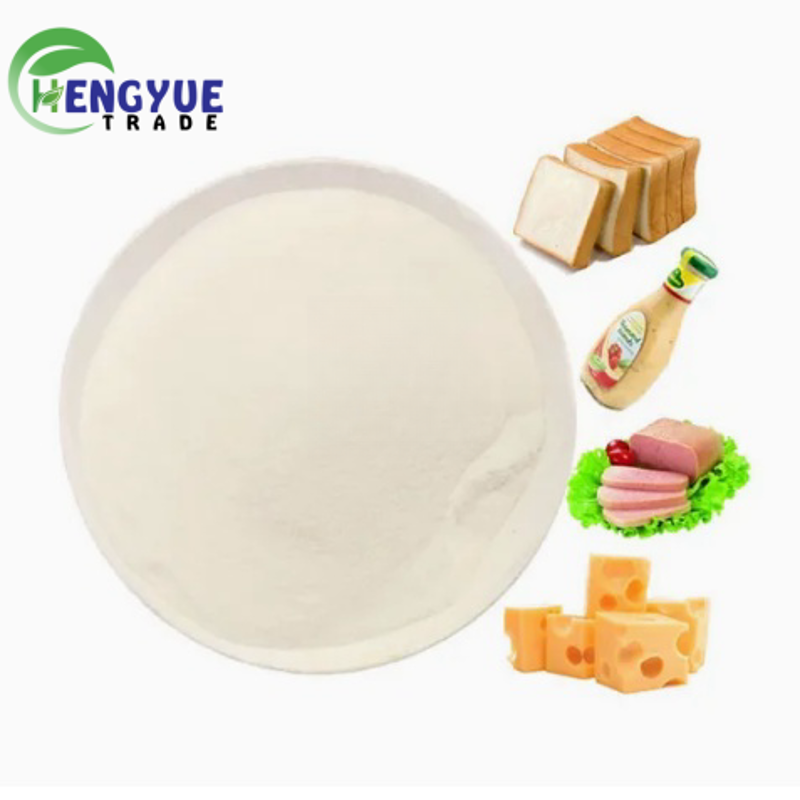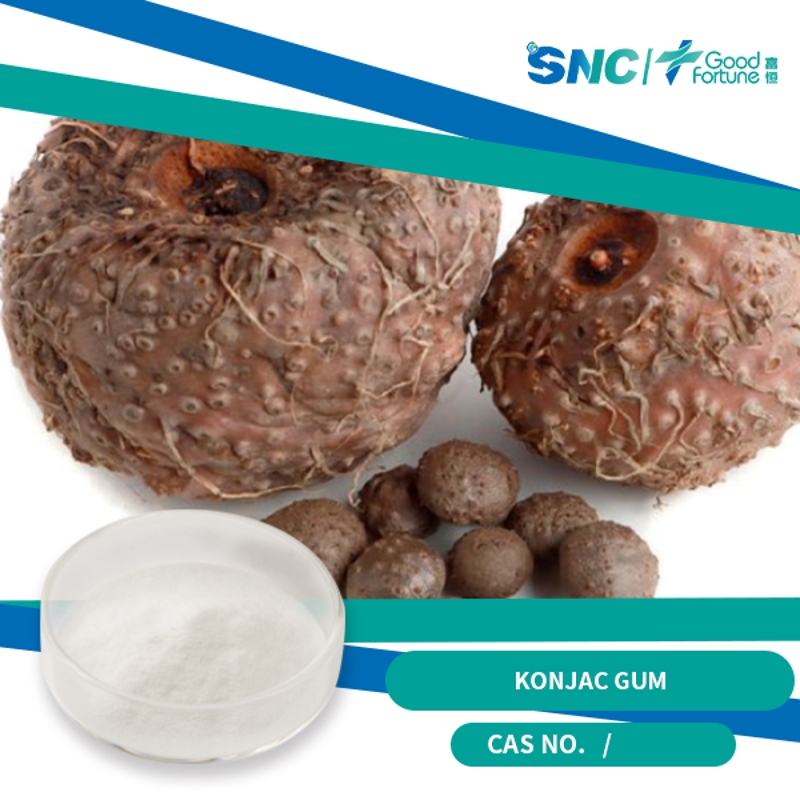-
Categories
-
Pharmaceutical Intermediates
-
Active Pharmaceutical Ingredients
-
Food Additives
- Industrial Coatings
- Agrochemicals
- Dyes and Pigments
- Surfactant
- Flavors and Fragrances
- Chemical Reagents
- Catalyst and Auxiliary
- Natural Products
- Inorganic Chemistry
-
Organic Chemistry
-
Biochemical Engineering
- Analytical Chemistry
-
Cosmetic Ingredient
- Water Treatment Chemical
-
Pharmaceutical Intermediates
Promotion
ECHEMI Mall
Wholesale
Weekly Price
Exhibition
News
-
Trade Service
the original title: Some problems in the use of cellulose thickeners in the cellulose thickeners we encounter, the use of more is hydroxyethyl cellulose, but different molecular weights of cellulose will produce different viscosity. We generally use 2% aqueous solution is 30,000 viscosity hydroxyethyl cellulose. Because in this viscous hydroxyethyl cellulose has the coordination of thickening and leveling, that is, has a certain thickening capacity;hydroxyethyl cellulose, which we now often use, is divided into two main situations: surface-treated and non-processed. Regardless of the molecular weight of cellulose, its surface can be treated with acetaldehyde. The purpose of this is to allow it to come into contact with water when there is a certain amount of slow solution time, and we can use this time through mechanical stirring to spread it evenly, and then add a small amount of alkali can immediately make its water dissolved, very convenient to use; After that, its surface immediately water dissolves to form a certain viscosity, and this situation will prevent water further into the cellulose particles, thus forming an externally dissolved dried cellulose particles, and although this particle after mechanical stirring is also difficult to disperse immediately, for us to use immediately brought some difficulties.in addition, we use hydroxyethyl cellulose aqueous solution in coating formulations, but also to paint construction to bring a good water retention. Paint in the construction, the characteristics of the construction in a dry environment, water volatile too fast will bring some problems in the construction, characterized by a large number of hydrophobic alkali-dissolving thickener. If the application of the membrane moisture volatile speed is too fast, the emulsion break-up speed will also be accelerated, so it is likely to cause the emulsion quickly broken milk tie and the formation of the phenomenon of hair, not only affect the body of the coating film, the emulsion to form a continuous coating film is also very disadvantageous. Therefore, as far as possible to increase the evaporation time of moisture in the coating film, to ensure that the coating film into the membrane process of a complete tie., the amount of hydroxyethyl cellulose replaced in a molecular structure during the production process is also an important issue. In general, there are 1-2 hydroxyethyl substitutes in a hydroxyethyl cellulose molecular structure.information is available: when a hydroxyethyl cellulose molecular structure has an average of 2.5 replacement substations is better, because in this number of substitute cellulose anti-bacterial decomposition and water solubility are very good. Therefore, when we do hydroxyethyl fiber aqueous solution, if the characteristics of the aqueous solution is clear and transparent, it means that this hydroxyethyl fiber replaces the base distribution is very uniform. If the aqueous solution is slightly yellow or milky white is not very good, indicating that this cellulose replacement base distribution is not very uniform, will seriously affect the effect of future use, mainly because the molecular structure of the replacement base distribution is not uniform, affecting the water solubility of hydroxyethyl cellulose.the choice of raw materials is not only the introduction of manufacturers, engineers also need to do more experiments to achieve a more perfect use of products!believe that each manufacturer is careful to produce their own brand products, but also should provide customers with detailed information on product functions, performance and application direction.
. Responsible editor:
.







